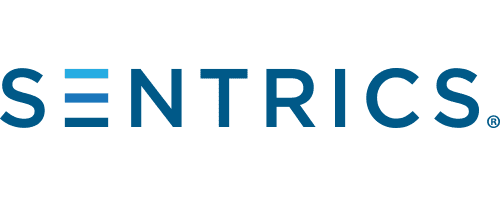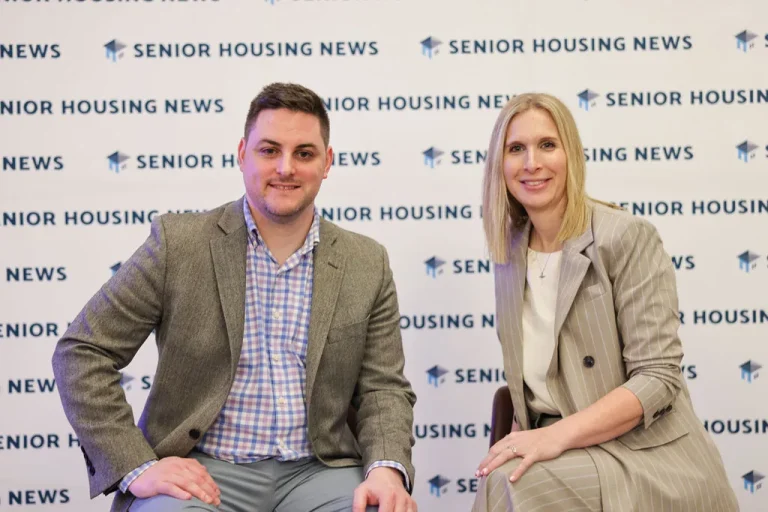For senior living communities, slips and falls represent a significant health and safety problem.
In the U.S., falls are the largest cause of unintentional injuries in adults over the age of 65. According to the CDC, 1 and 4 seniors will experience a fall in the calendar year. These accidents are the leading source of fatal injury and non-fatal trauma-related hospital admissions—with more than 800,000 patients hospitalized—accounting for a financial cost surpassing $67 billion.
In the past, there was little providers could do to prevent a slip and fall from occurring. Thanks to technology, this phenomenon remains where it belongs—in the past. Today, there are emerging technologies that can help senior living communities prevent a fall before it ever happens. Read on to learn about the best technology to prevent falls in a senior living community.
Fall Prevention Begins With Technology
Even if a fall doesn’t result in a serious injury, it can be detrimental to a senior’s quality of life.
Per the National Council on Aging, “A growing number of older adults fear falling and, as a result, limit their activities and social engagements. This can result in further physical decline, depression, social isolation, and feelings of helplessness.”
A growing number of senior living communities are turning to new technologies to combat this issue and lower the fall risk within senior living homes. For instance, an American Journal of Managed Care study found that an artificial intelligence-enabled camera system helped senior living communities reduce visits from emergency medical teams by 75% and visits to emergency departments by 80%. This remote monitoring showed to make an impressive difference and improved patient safety. It did this by detecting falls among residents living with dementia. Lead researcher, Glen Xiong, writes:
“The AI-enabled camera fall-detection system coupled with staff review of fall videos led to more accurate identification of serious falls and incidents compared with less serious falls, such as when a resident intentionally moved to the ground but did not fall. The reduction in use of emergency services will likely lead to lowered healthcare costs and stress among residents, families, and facility staff.”
While this technology represents a large step forward, it’s still a predominantly reactive-based intervention. The camera systems only detect and record falls, and staff are forced to review the video. It helps the caregiver provide the appropriate response, but doesn’t proactively prevent adverse events.
Put simply, it doesn’t go far enough. Modern technology is capable of much, much more.
But what does that look like?
The Future Fall Prevention Technology
Today, we are able to use fall detection software to lower risk of injury for older adults.The cause of a senior fall can typically be broken down into three overlapping domains:
- Physiological – Impaired gate, dementia, or poor balance lead to increased rates of falls
- Behavioral – Higher levels of risk taking increases the likelihood of a fall
- Environmental – Hazards or impediments can cause seniors to trip or make it difficult to navigate
Most falls are the result of a combination of these factors, which makes fall prevention much harder. As KQED laments, “The preponderance of helpful online resources (for fall prevention) all cover similar ground – annual physicals, eye exams, eating vitamin-rich foods, exercise and removal of safety hazards.”
While this is useful, it doesn’t address the fall etiology problem. Humans simply don’t have the processing power to notice small changes in behavior or physical bearing.
To overcome these challenges and properly account for the various underlying elements of a fall, you need to rely on technology capable of the following themes.
Collecting Vast Swaths of Data
To predict and prevent adverse health outcomes–like falls–senior living communities need data, and lots of it.
This is where sophisticated eCall technology, wearables, and motion and location sensors come in.
Per Health Tech, there are new systems that, “Use a bevy of sensors, cameras and other analytical tools to capture a person’s movements and other potential warning signs so loved ones and care staff can keep watch with a user’s safety top of mind.” All help prevent falls.
These devices can harvest tens of thousands of daily data points from residents. And importantly, they do it without being invasive. This allows residents to retain their dignity, confidence and privacy.
Integrating and Categorizing the Data Sets
Once collected, resident information must then be integrated with other data points like:
- Electronic Medical Records
- Prescribed medicine and medical devices
- Sleep patterns
- Physical activity monitors
- Social engagement
AI and machine learning platforms can take the raw data and analyze it for specific trends. Over time, it can create rules-based formulas.
For instance, if Barbara moves more than 10 feet from her walker, she’s likely to fall. Or if Lary hasn’t been sleeping well and the metrics for his stride length and walking speed are shorter and slower, then staff needs to be on alert.
Converting Data into Automated Insights
Large quantities of data aren’t helpful in and of themselves. It’s how we use the data that makes a difference. To aid staff, this sophisticated technology turns that data into easy-to-interpret insights or triggers alerts automatically based on rules-based scenarios.
Armed with predictive information, operators can create and apply community-defined protocols and care guidelines to try to prevent a fall from occurring in the first place. This allows a senior living community to go from the defensive to the offensive; to stop reacting to adverse events.
Instead, they’re acting to prevent them before they occur.
Sentrics Fall Prevention Solutions
The Sentrics360SM platform was built to help senior living communities transition from a reactive care approach to a proactive care model. The reporting platform, Enrich360SM, integrates data from Engage360SM, Ensure360SM, Entertain360SM , and third-party software, applies AI and machine learning to predict adverse events and presents them to the community in dashboard format to help them help prevent those events.
It harvests real-time information regarding a resident’s behavioral, physiological, and environmental factors, including:
- Medical history
- Medicinal history
- Sleeping habits and patterns
- Resident location and environmental conditions
The platform then analyzes and converts data sets into automated insights that caregivers can use to act preemptively. But the Sentrics360 platform doesn’t stop there. It also provides active solutions with services like Spiro100, to provide unique exercise routines for at-risk residents to use to help strengthen muscle memory and prevent falls.
These are just some of the ways Sentrics data-driven technology solutions are changing senior living communities for the better.
Interested in finding out more?
Reach out today to see what Sentrics can do for you.
Sources:
- CDC. Important Facts About Falls. https://www.cdc.gov/falls/data-research/
- National Council on Aging. Fall Prevention Facts. https://www.ncoa.org/news/resources-for-reporters/get-the-facts/falls-prevention-facts/
- American Journal of Managed Care. Real-Time Video Detection of Falls in Dementia Care Facility and Reduced Emergency Care. https://www.ajmc.com/journals/issue/2019/2019-vol25-n7/realtime-video-detection-of-falls-in-dementia-care-facility-and-reduced-emergency-care
- KQED. Preventing Seniors From Falling is Going to Be a Huge Market. https://www.kqed.org/futureofyou/435417/dying-from-a-fall-is-top-danger-for-seniors-tech-devices-may-help
- Health Tech Magazine. How AI is Helping Predict and Prevent Senior Falls. https://healthtechmagazine.net/article/2019/08/how-ai-helping-predict-and-prevent-senior-falls
- The Gerontologist. Fall-Related Hospitalization and Facility Costs Among Residents of Institutions Providing Long-Term Care. https://academic.oup.com/gerontologist/article/48/2/213/661222



